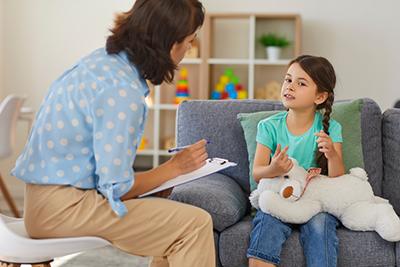
My Blog
-
Promoting Mental Well-being in Kids
posted: Jul. 01, 2023.

-
FAQs About Newborn Care
posted: Jun. 29, 2023.
The pediatricians and pediatric nurse practitioners at the Child and Adolescent Clinic provide care for the newest member of your family while you adjust to having your newborn at home. Read more -
Understanding Children's Mental Health
posted: Jun. 27, 2023.
Visit the Child & Adolescent Clinic when your child's mental health needs compassionate care. Whether they struggle with anxiety, depression, or behavioral challenges, our dedicated team is here to help. Read more -
What Causes Ear Infections?
posted: Jun. 05, 2023.
Ear infections can be extremely difficult and painful for children to deal with. Ear infections are also fairly common in children and when your child is very young, they may Read more -
The Importance of Mental Health in Children
posted: Jun. 01, 2023.
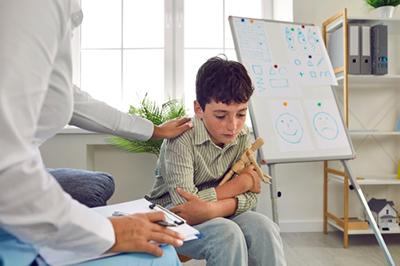
-
What You Need to Know about Child Development
posted: May 12, 2023.
You see your child nearly every minute of every day. That puts you in the best position to monitor your child’s development. You want your child to learn, grow, and Read more -
How to Recognize and Treat Common Childhood Illnesses
posted: May 01, 2023.
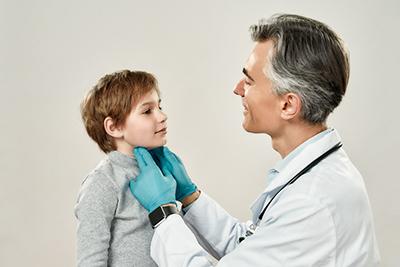
-
Newborn Care as a First-Time Parent
posted: Apr. 17, 2023.
Congratulations on becoming a first-time parent! Child & Adolescent Clinic can direct new parents through the newborn phase by providing essential medical care, advice, and support. They can monitor the Read more -
Recognizing ADHD in Children
posted: Apr. 02, 2023.
ADHD stands for Attention-Deficit / Hyperactivity Disorder and is a behavioral disorder characterized by impulsivity, difficulty paying attention, distractibility, and sometimes hyperactivity. If you are interested in learning about childhood Read more -
The Benefits of Well-Child Care Exams
posted: Apr. 01, 2023.
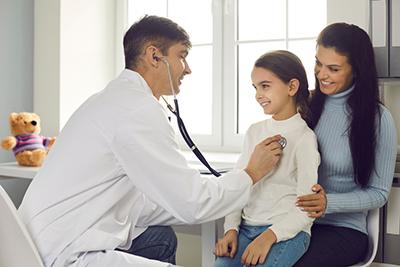
-
Depression and Anxiety in Children: What to Watch Out For
posted: Mar. 31, 2023.
Depression and anxiety are common mental health conditions that affect anyone, including children. Depression exhibits sadness, hopelessness, and loss of interest in activities, while anxiety appears as excessive worry or Read more -
Child Safety: Essential Tips for Parents to Keep Their Kids Safe and Healthy
posted: Mar. 01, 2023.
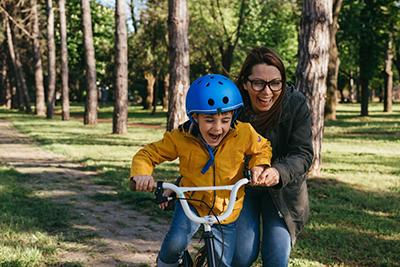
-
Why Are Immunizations Important?
posted: Feb. 27, 2023.
Immunizations protect your child from illnesses caused by viruses and bacteria. They work by helping the body develop immunity to specific diseases without causing your child to get sick. Think Read more -
FAQS: Asthma in Children
posted: Feb. 24, 2023.
Asthma affects the airways in your child's lungs, causing them to narrow, making it hard to breathe. It can lead to symptoms like wheezing, coughing, chest tightness, and shortness of Read more -
When Should I Be Worried About a Behavioral Problem?
posted: Feb. 04, 2023.
How your pediatricians in Vancouver, and Longview, WA, can help with behavioral problems Raising children can be complicated, especially regarding childhood behavior. Occasional acting out and defiance are normal and can Read more -
FAQs About Allergies in Children
posted: Feb. 02, 2023.
How your pediatrician in Vancouver, and Longview, WA, can help your child get relief from allergies If your child has allergies, the symptoms can make your child miserable. A child’s nasal Read more
